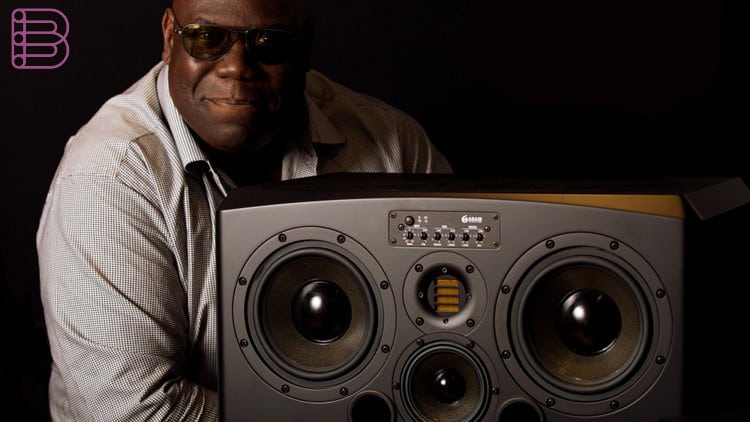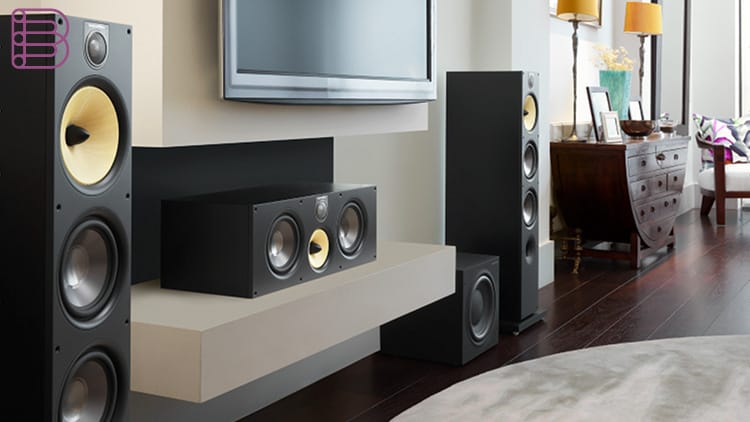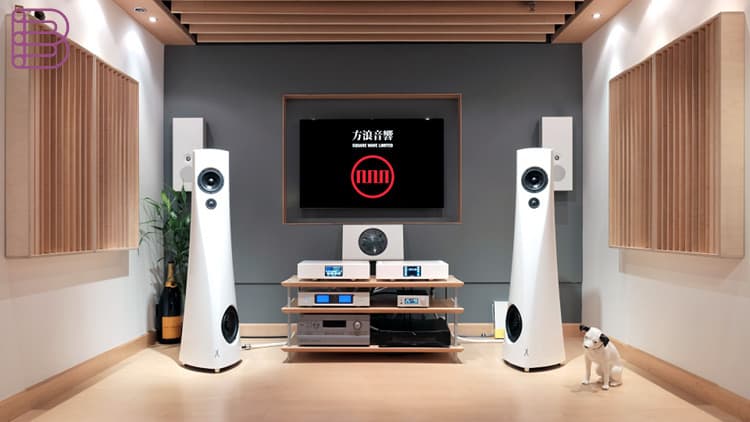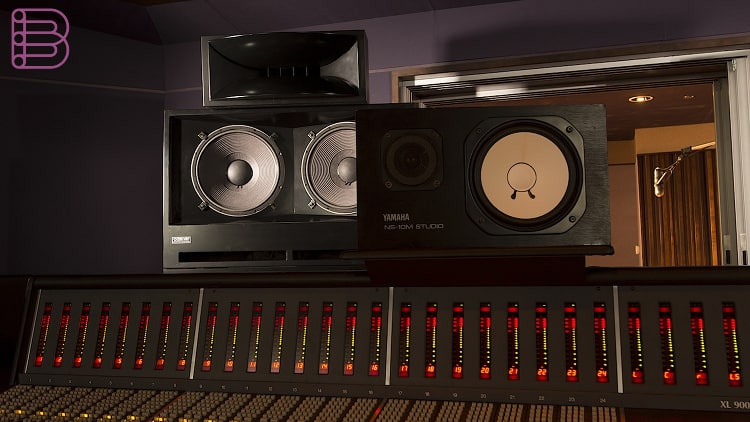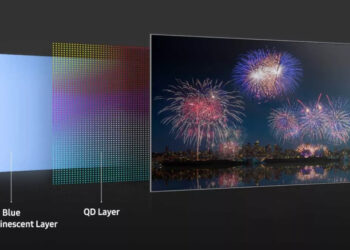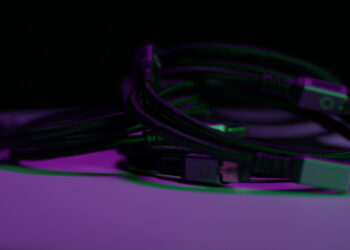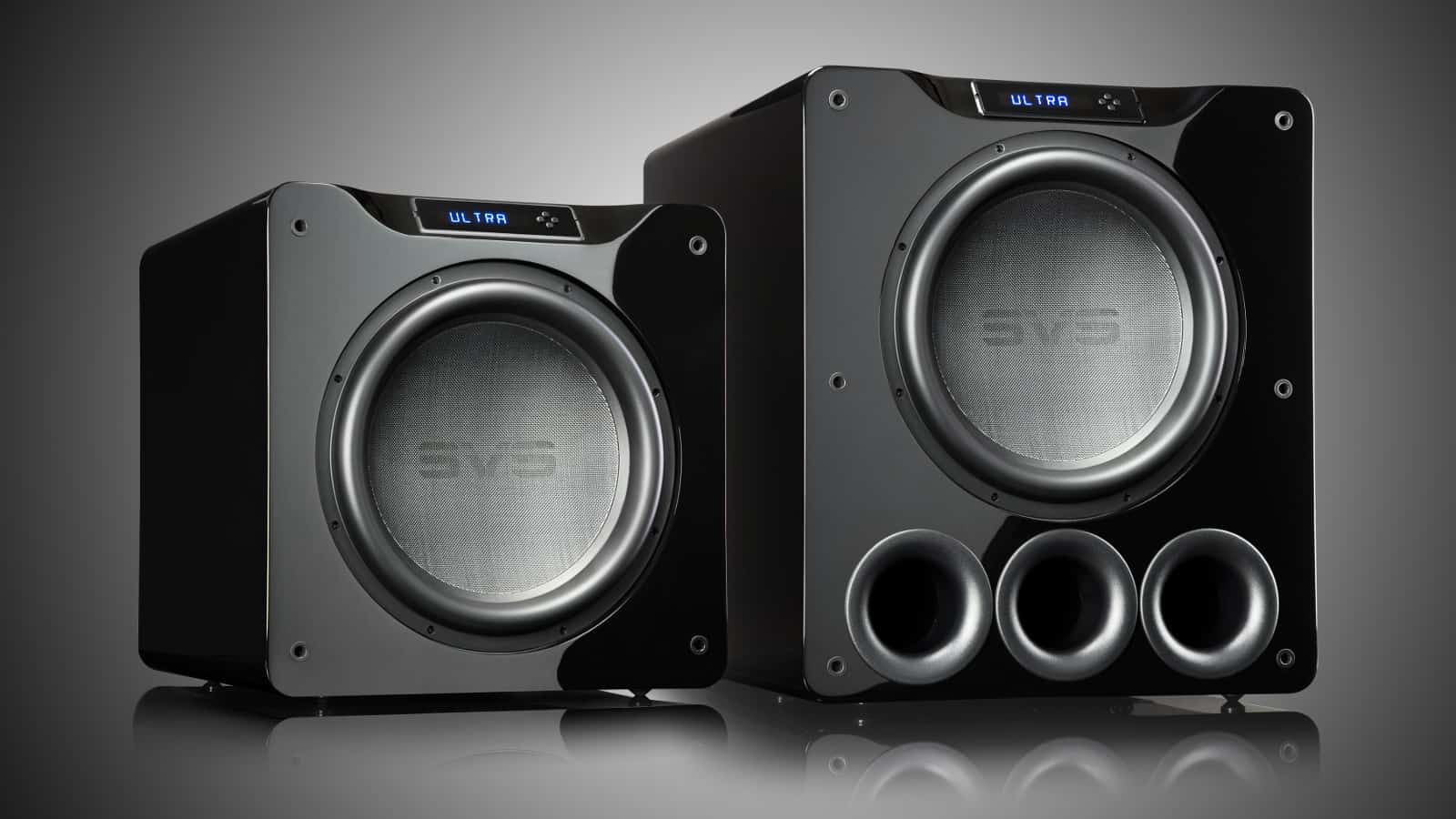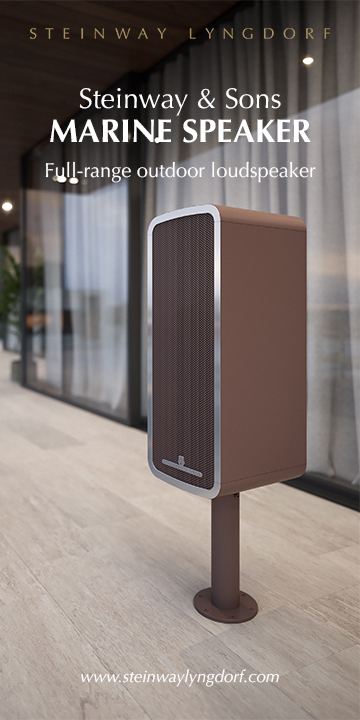Pop music is made to be played back on home stereo systems. Wouldn’t it make sense to use the same kind of hi-fi speakers for monitoring and mixing? Yet recording professionals prefer dedicated monitor speakers for studio work. Here’s why!
Technical differences
Let’s first talk about technical differences. Home stereo or hi-fi speakers are almost always “passive” speakers; i.e. they require an external (power) amplifier with speaker outputs. Studio monitors, with very few exceptions, are “active” or “powered” speakers, which means the power amplifier is built into the speaker cabinet. So you have to connect it to a line source with a volume control, i.e. an audio interface or a dedicated monitor controller. How do you know a speaker is active or passive? There’s a quick way to check: An active or powered speaker must have a mains inlet.
Active speakers offer some advantages. Usually, they contain not only one power amplifier but several. The woofer, the tweeter and (if available) the mid-range speaker each get their own power amplifiers, which results in a punchier, more accurate dynamic response. That’s because the woofer, which requires lots of power on each bass note and kick drum hit, won’t take away any energy from the other speakers – as it might on a passive speaker, powered by only one amp for all speakers. Having dedicated power amplifiers for each speaker also makes it easier to build top quality crossovers. Not only because the crossover can be placed before the power amps, but also because active circuitry can be used to obtain steeper filter slopes. This reduces overlap between the woofer, mid-range speaker, and tweeter, which results in a clearer, more detailed sound image. Home stereo speakers are usually passive. There are only two speaker terminals on the rear to connect them to a power amplifier.
Different tools for different tasks
When music professionals listen to music, they do it with a different mindset than music consumers. Enthusiasts simply want to enjoy the music they love as best as they can. It doesn’t really matter if the sound they hear is an accurate reproduction of what the artist intended. All that matters is the listeners’ subjective impression. Most music consumers therefore prefer speakers that seem to enhance their listening experience. Many hi-fi speakers accomplish this by boosting the bottom end and top end. The resulting “smiley curve” makes the music appear more powerful and crisp.
Musicians, producers, and engineers want something different. They need to hear the plain truth. They want speakers that add no extra sugar and hide no imperfections. It’s no different in the home studio. If there are wrong notes, extraneous noises, or imperfect sounds, you want to address those issues before anyone else may notice. So you need speakers that give you quite a bit more detail than usual hi-fi speakers. At the mixing stage, you need to hear if the balance is perfect. There is a fine line between loud and too loud, between powerful drums and the drums overpowering the vocals. And there’s an even finer line between solid bass and booming bass, between crisp treble and harsh treble. It takes accurate and linear speakers to make such mix decisions with any degree of certainty. Studio monitors are usually powered speakers with power amplifiers built into the cabinet. Powered speakers have a mains inlet on the rear, and the audio input usually has an XLR connector.
How to find the right pair of monitor speakers
When you go shopping for studio monitors, don’t get trapped into a consumer mentality. Most dealers will demo studio monitors playing a Steely Dan CD or something else that’s extremely well recorded. It’s their way of giving you an enjoyable buying experience. But how could listening to a perfect recording tell you anything about a speaker’s ability to reveal flaws? As a result, you may end up buying the pair of speakers that sounds the most impressive. Unfortunately, this may not be the most accurate and linear pair but more hi-fi sounding speakers with a sort of smiley curve. It’s much better to bring your own music or music that you know has little flaws. Don’t be vain! Don’t listen for speakers that make your mixes sound particularly impressive. Listen for speakers that reveal all the flaws and mistakes that you wish you could have addressed. Only if your music sounds great on the most revealing studio monitors will it sound great on any playback system!
Visit the Neumann website.



